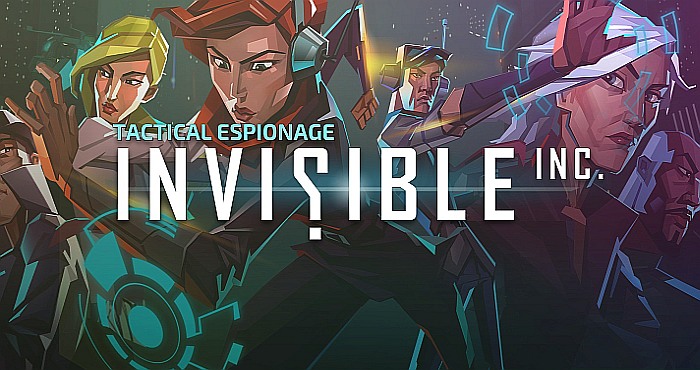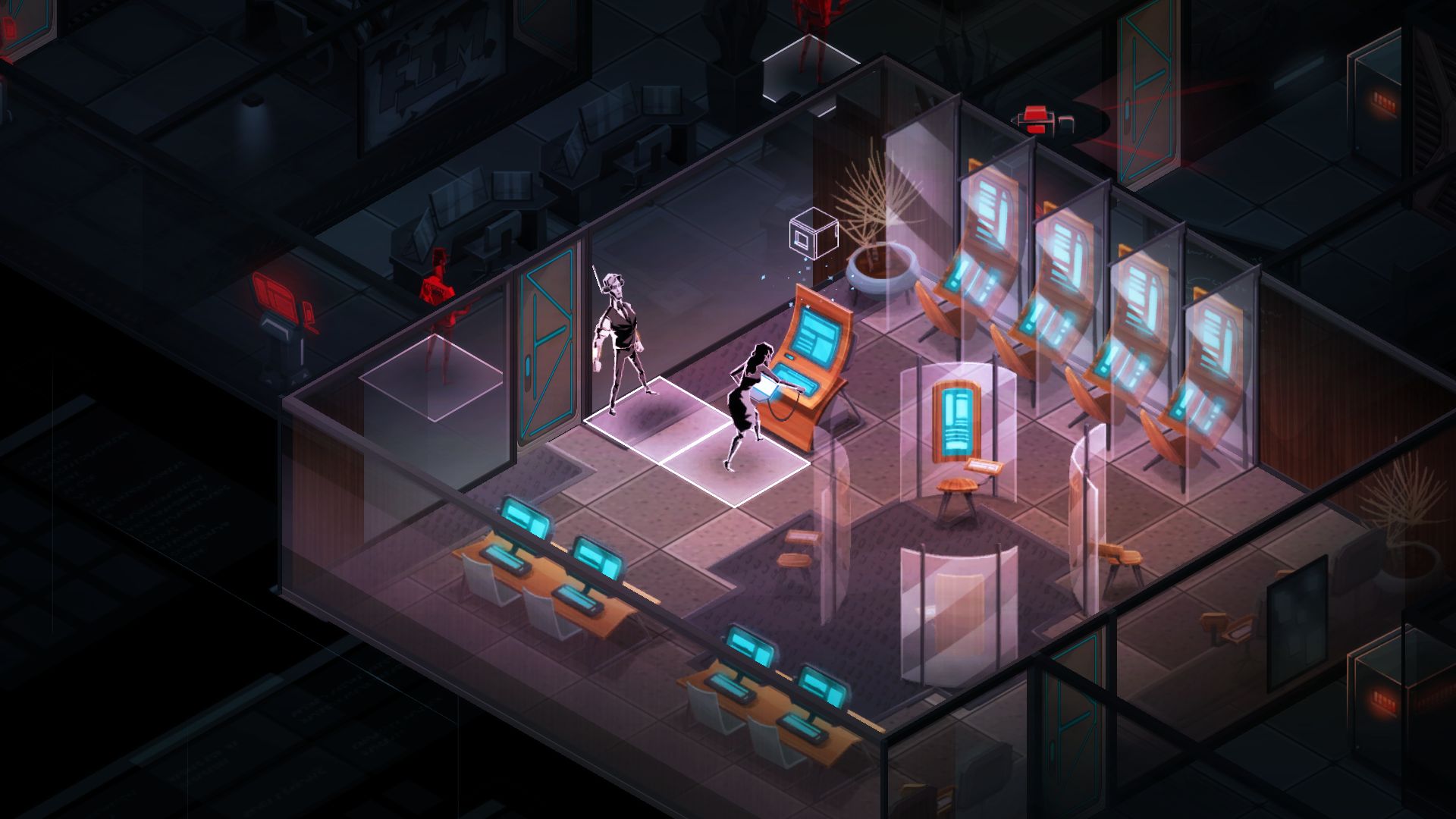

Smalley said the easiest way to understand what they are doing is to think about the images they create like 3D-printed objects. “In simple terms, we’re using a laser beam to trap a particle, and then we can steer the laser beam around to move the particle and create the image,” said undergrad coauthor Erich Nygaard.


Humans cannot discern images at rates faster than 10 per second, so if the particle is moved fast enough, its trajectory appears as a solid line - like a sparkler in the dark.” A second set of lasers projects visible light (red, green and blue) onto the particle, illuminating it as it moves through space. That allows researchers to push and pull the cellulose around. The technique, as described by Nature, “uses forces conveyed by a set of near-invisible laser beams to trap a single particle - of a plant fiber called cellulose - and heat it evenly. Smalley and his coauthors have devised a free-space volumetric display platform, based on photophoretic optical trapping, that produces full-color, aerial volumetric images with 10-micron image points by persistence of vision. Examples of volumetric images include the 3D displays Tony Stark interacts with in "Iron Man" or the massive image-projecting table in "Avatar." A 3D image that floats in air, that you can walk all around and see from every angle, is actually called a volumetric image. The image of Princess Leia is not what people think it is: It’s not a hologram. We have created a display that can do that.”įirst things, first, Smalley says. “Our group has a mission to take the 3D displays of science fiction and make them real. “We refer to this colloquially as the Princess Leia project,” Smalley said. In a paper published this week in Nature, Smalley details the method he has developed to do so. The iconic scene includes the line still famous 40 years later: “Help me Obi Wan Kenobi, you’re my only hope.”īYU electrical and computer engineering professor and holography expert Daniel Smalley has long had a goal to create the same type of 3D image projection. In the original Star Wars film, R2D2 projects an image of Princess Leia in distress. Video Credits: Producer Julie Walker, Cinematographer Brian Wilcox, Editor Hannah Hansen Beyond holograms: Star Wars-inspired 3D images float in free space


 0 kommentar(er)
0 kommentar(er)
